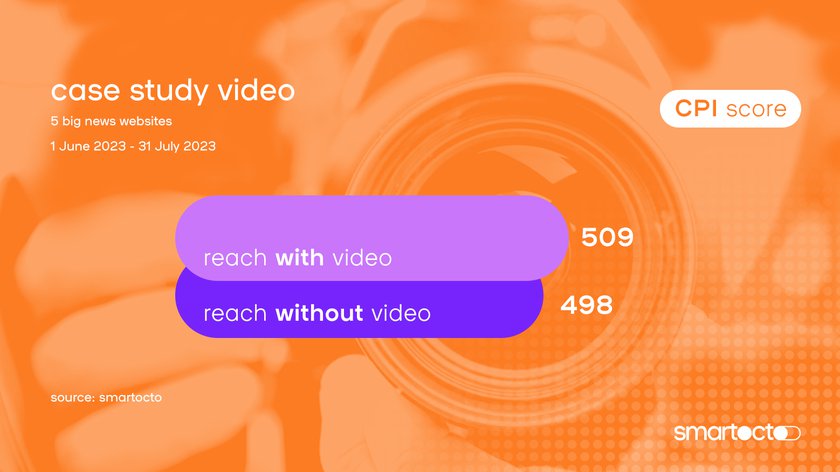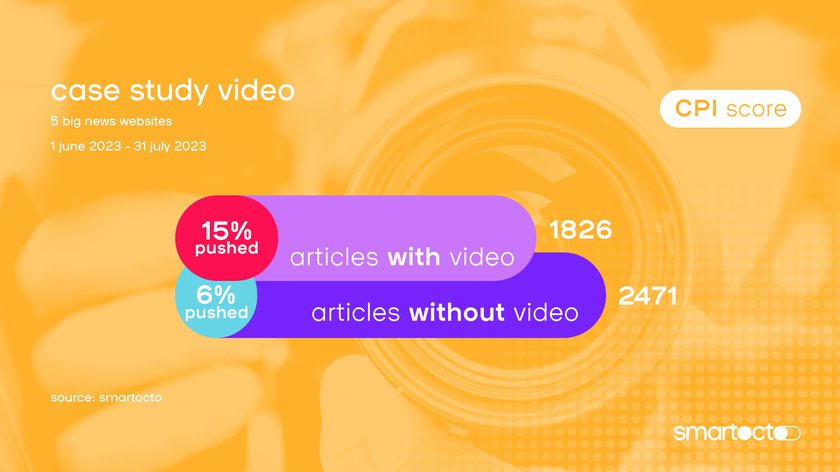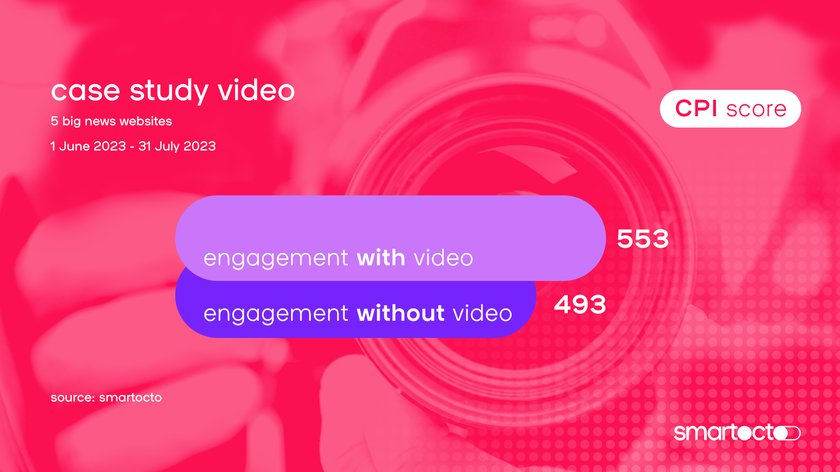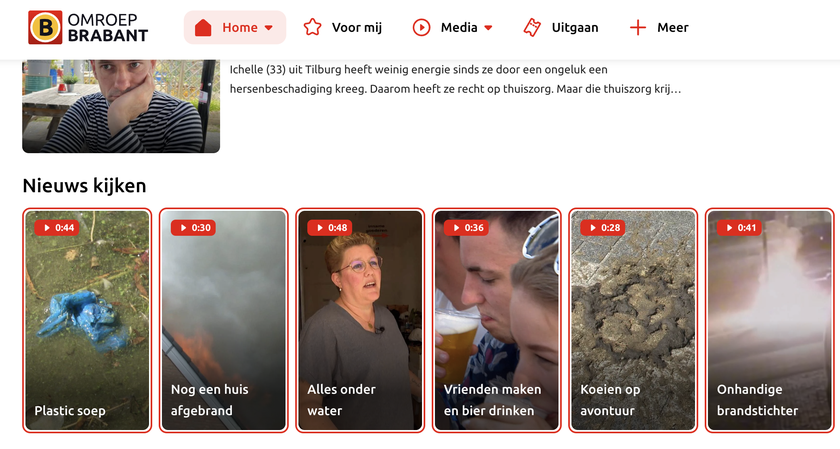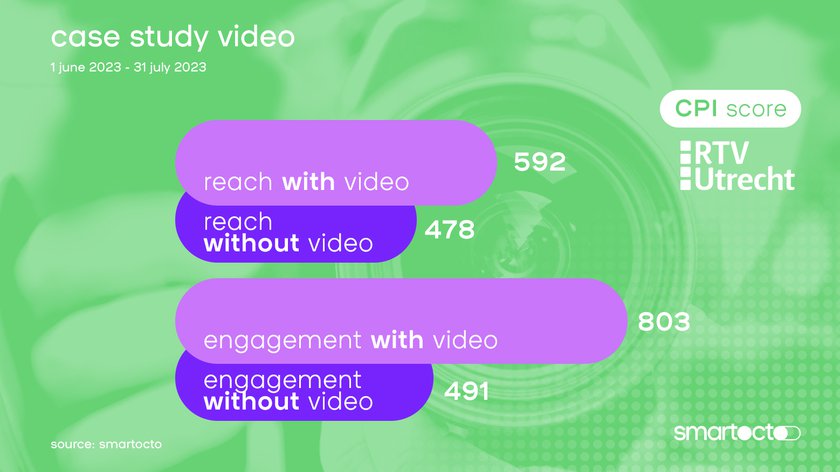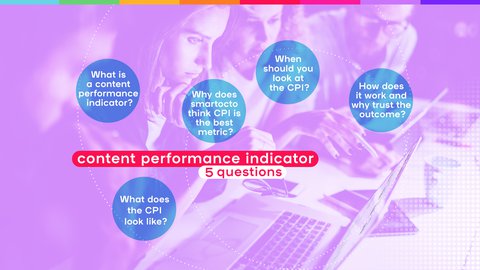We have a new series of articles here on our website called ‘From our data’, in which we attempt to assess the impact of editorial effort. We explored whether the inclusion of videos in articles can lead to better engagement. It turns out that this isn’t as straightforward as it seems…
A few years back, the future of journalism seemed centred on a strategy that prioritised a ‘pivot to video’. It wasn’t long before this proved to be little more than a punchline to pretty much every joke going - and certainly not the magic bullet it was promised to be. But the assumption prevailed: people like video, therefore news publications should include it.
We’re going to conclude 3 things in this case study:
- There is a difference in engagement score between articles with videos and those without - but it’s small.
- The difference could be explained by a slightly different distribution strategy, namely push or no push.
- The kinds of formats used in articles matter: stories told through the form of video, rather than articles where video is a component, tend to have much higher audience engagement.
The case study
To gain a clear understanding of the actual impact of videos in articles now, we analysed over 4,000 articles from a two-month period (June and July 2023) across five clients of smartocto. The approach was simple: compare the Content Performance Indicator (CPI*) for reach and engagement between articles with videos and those without.
_____________________
*We explain what CPI entails in this blog, but for the purposes of the following overview, it's essential to understand that a score of 500 represents the median. If the score is higher, the article performs better than all other articles you've created, and below 500 means it performs worse. The score ranges from 0 to 1000.
_____________________

